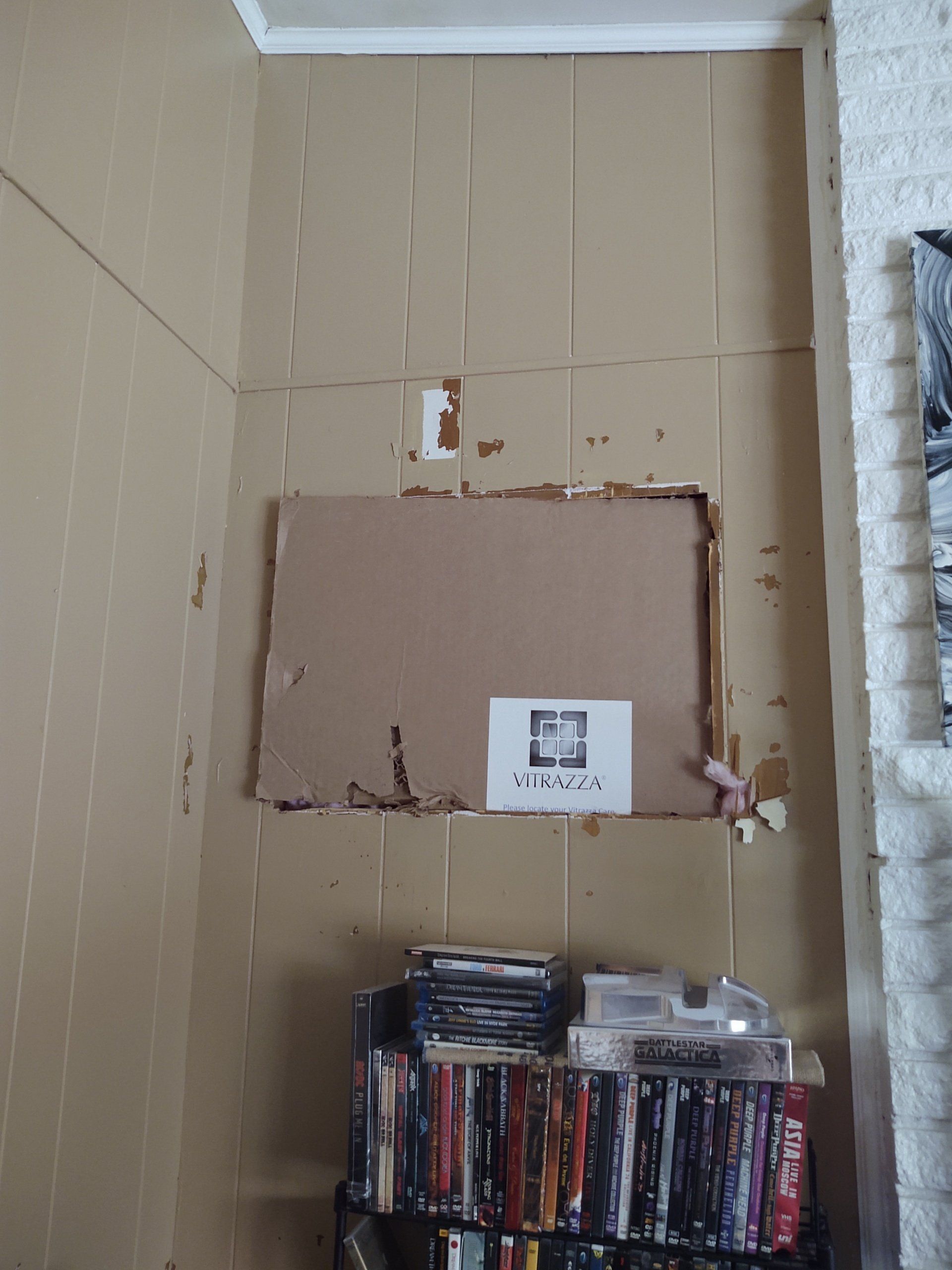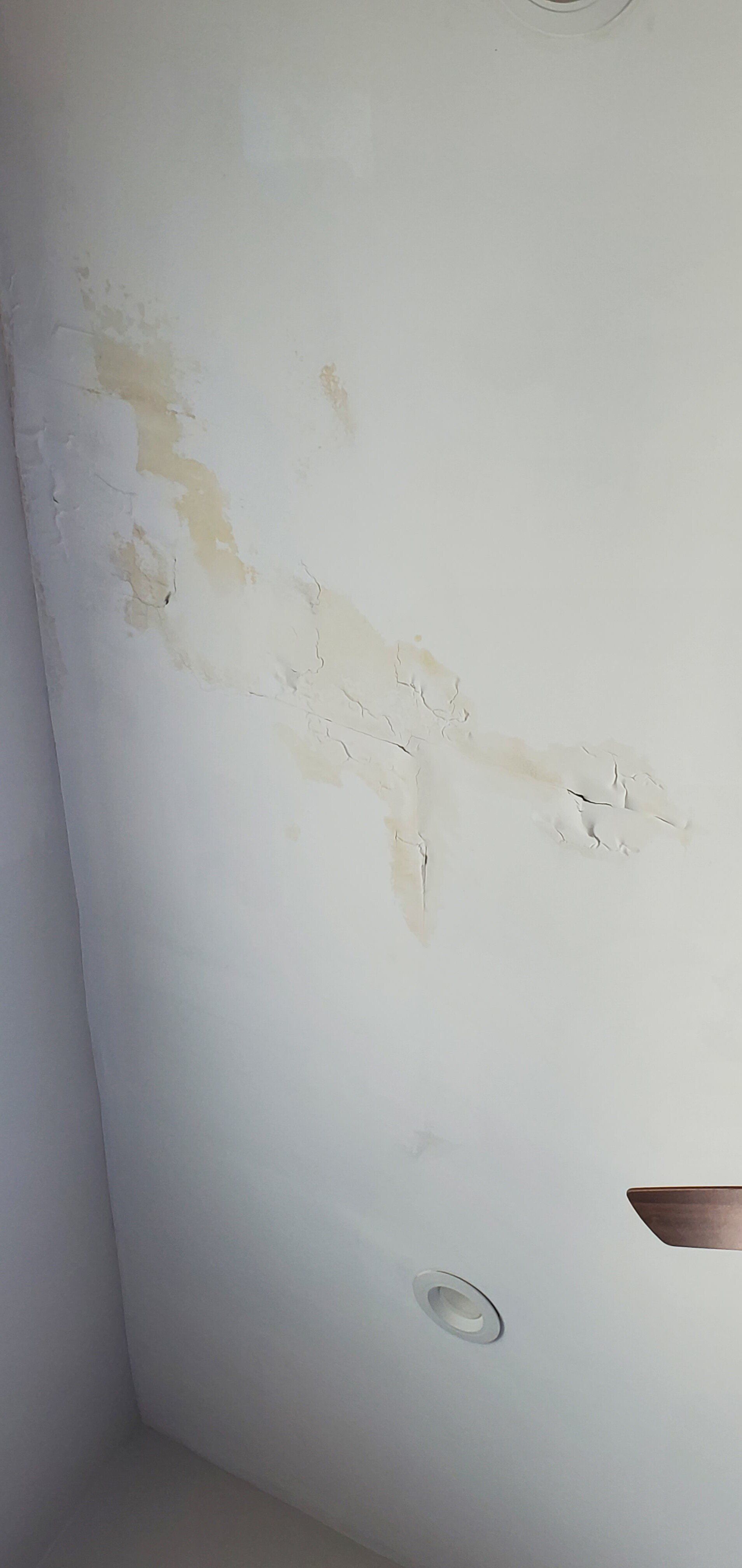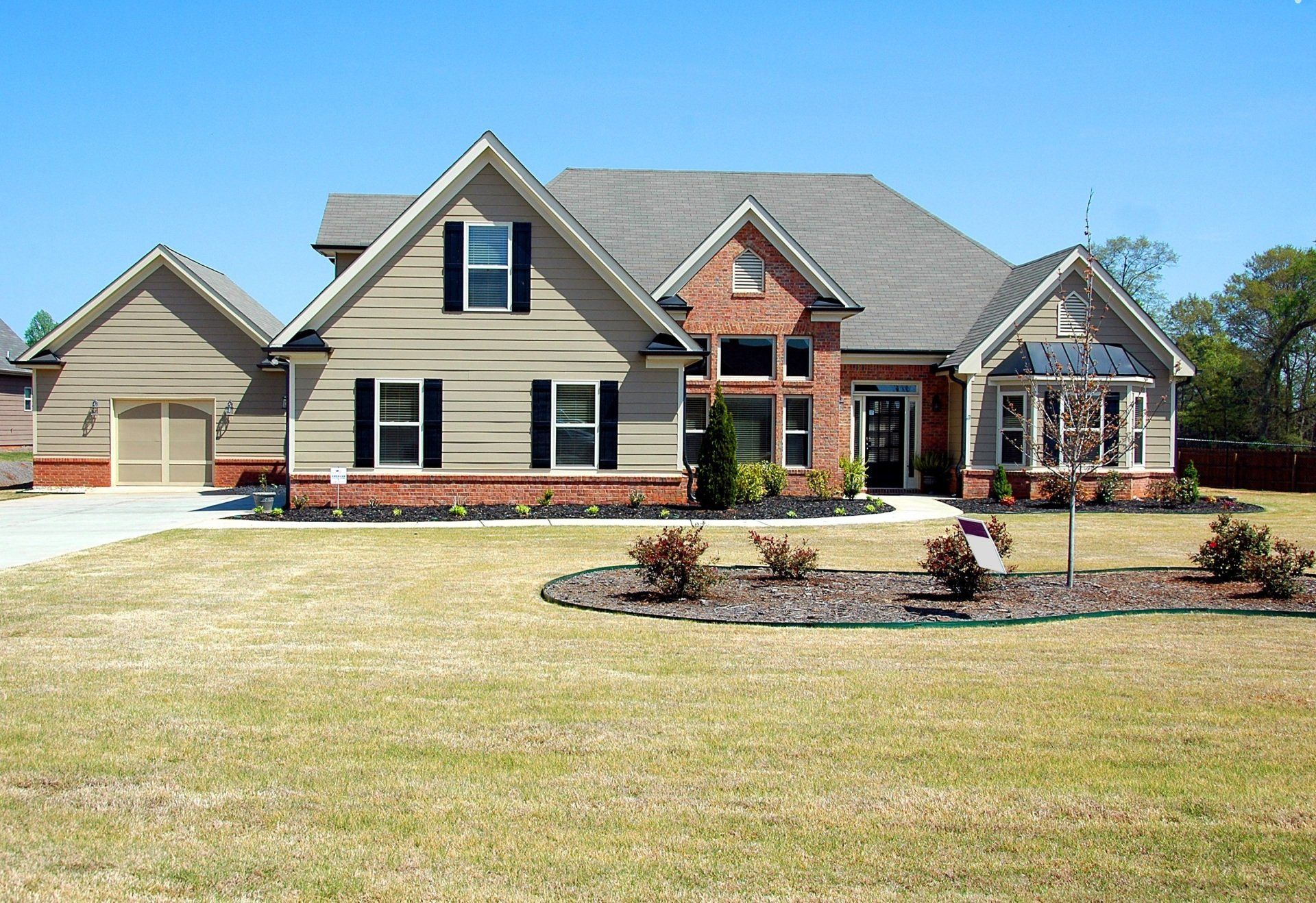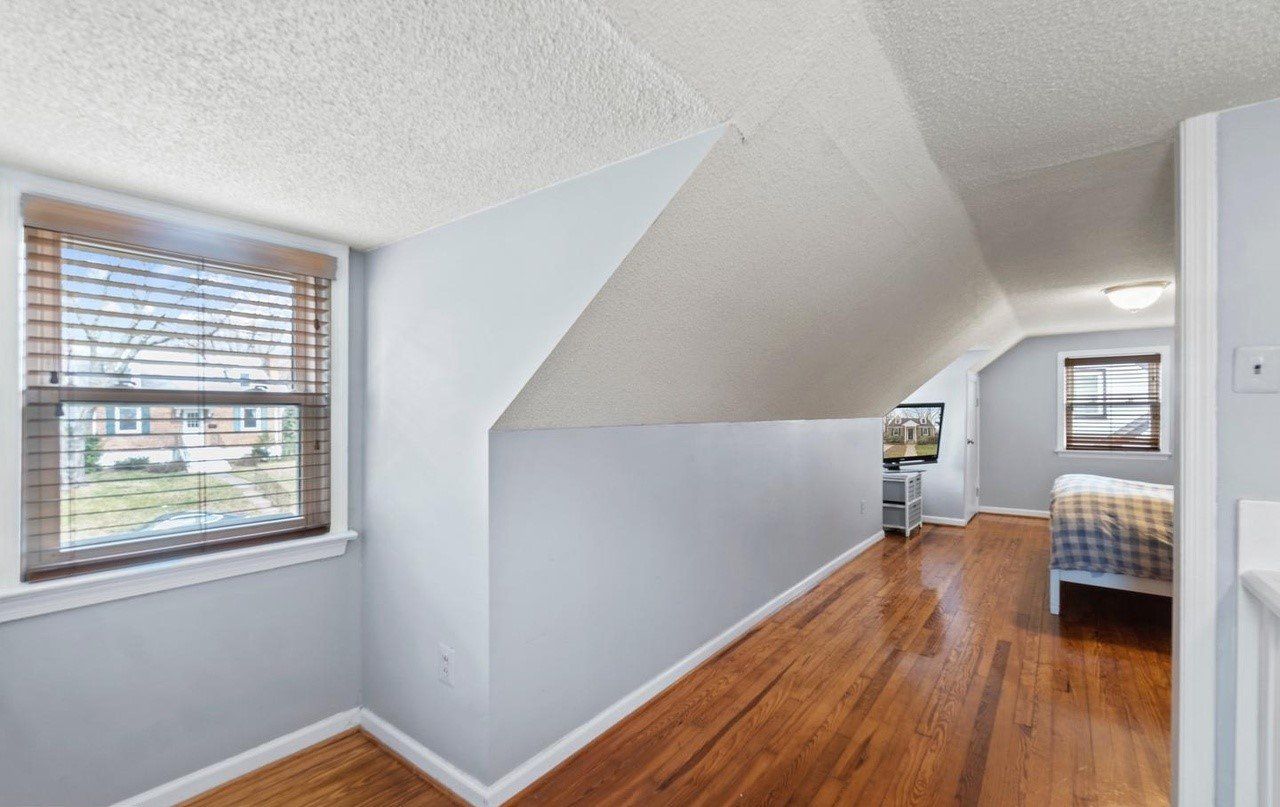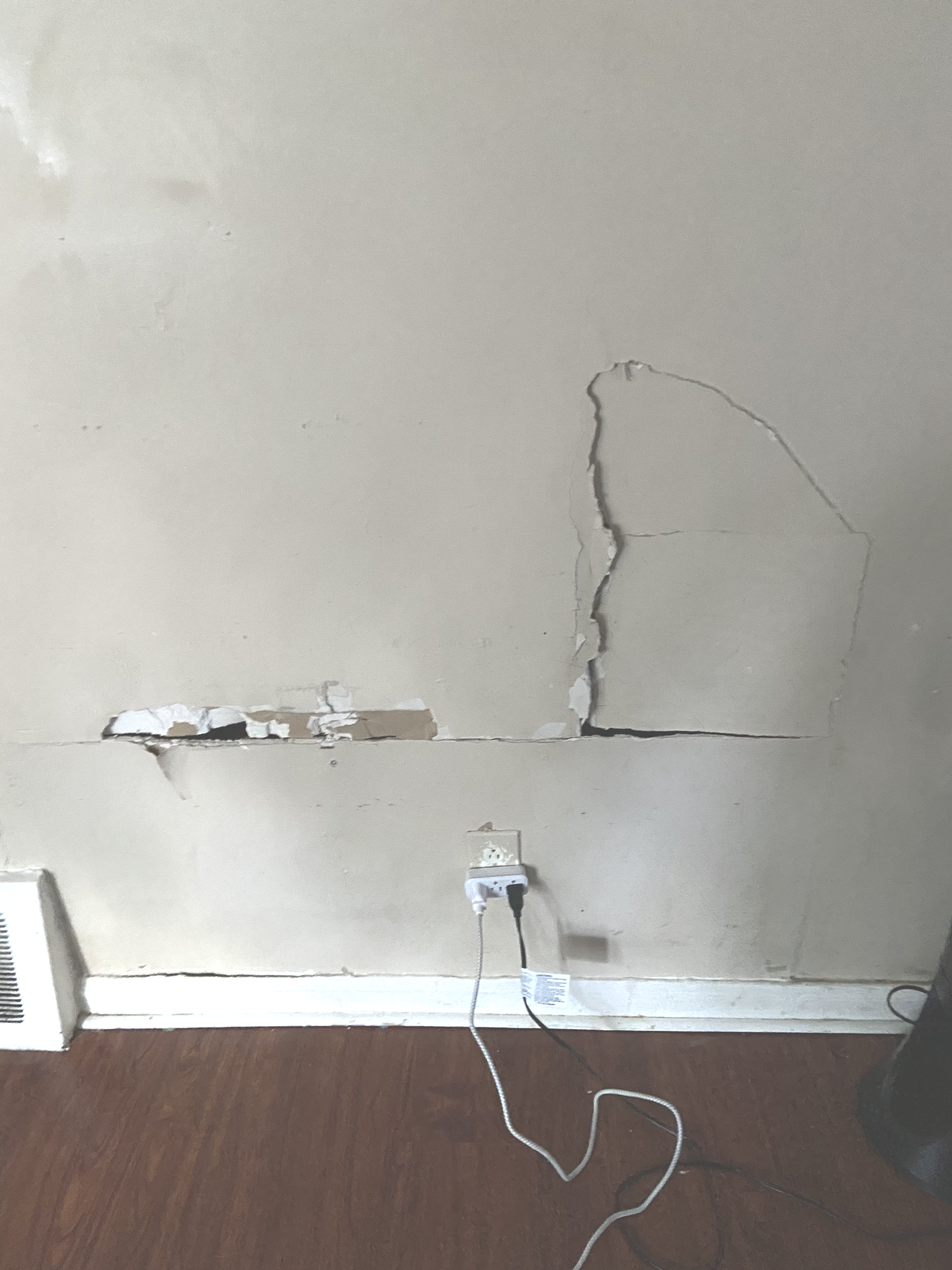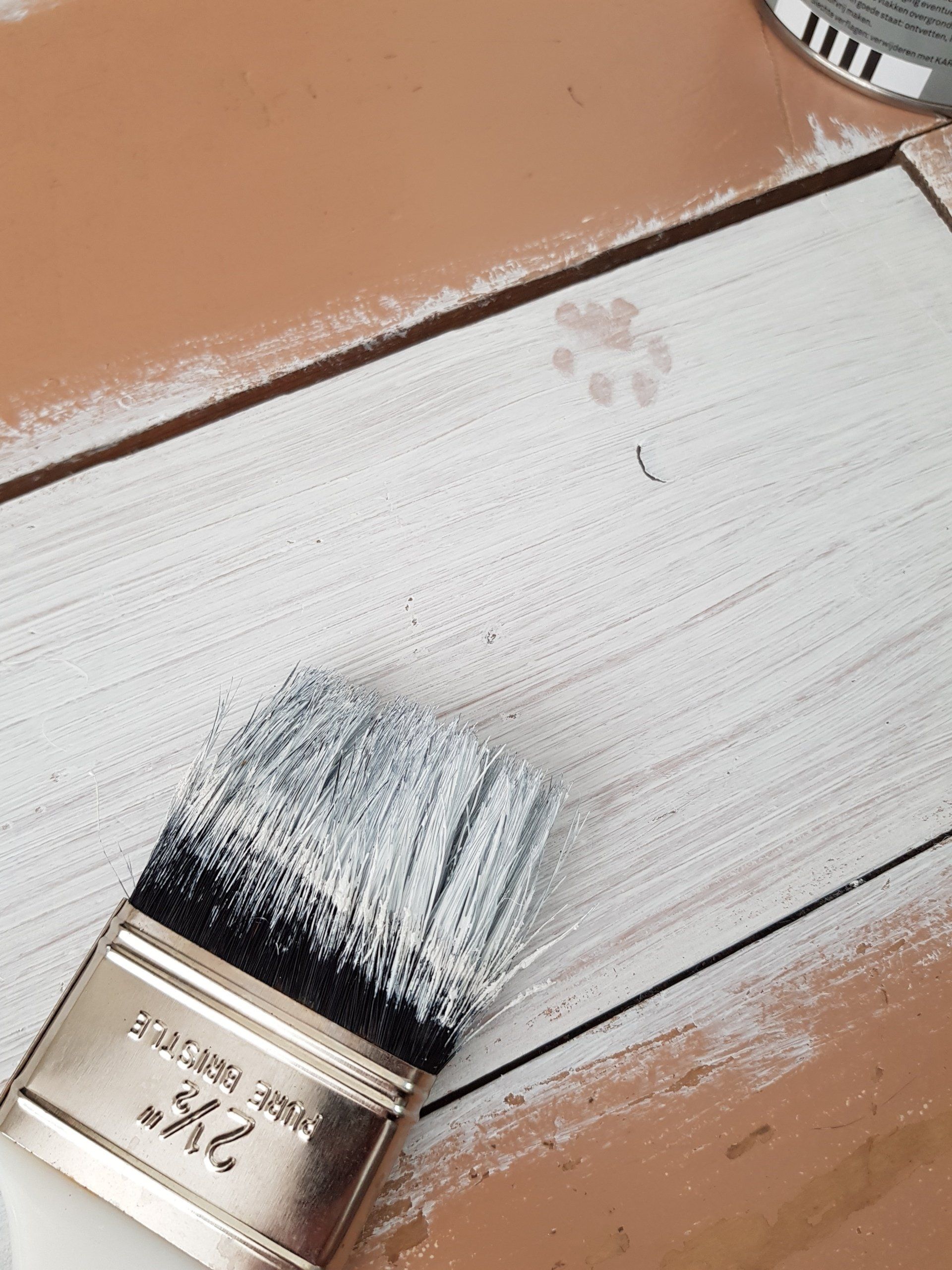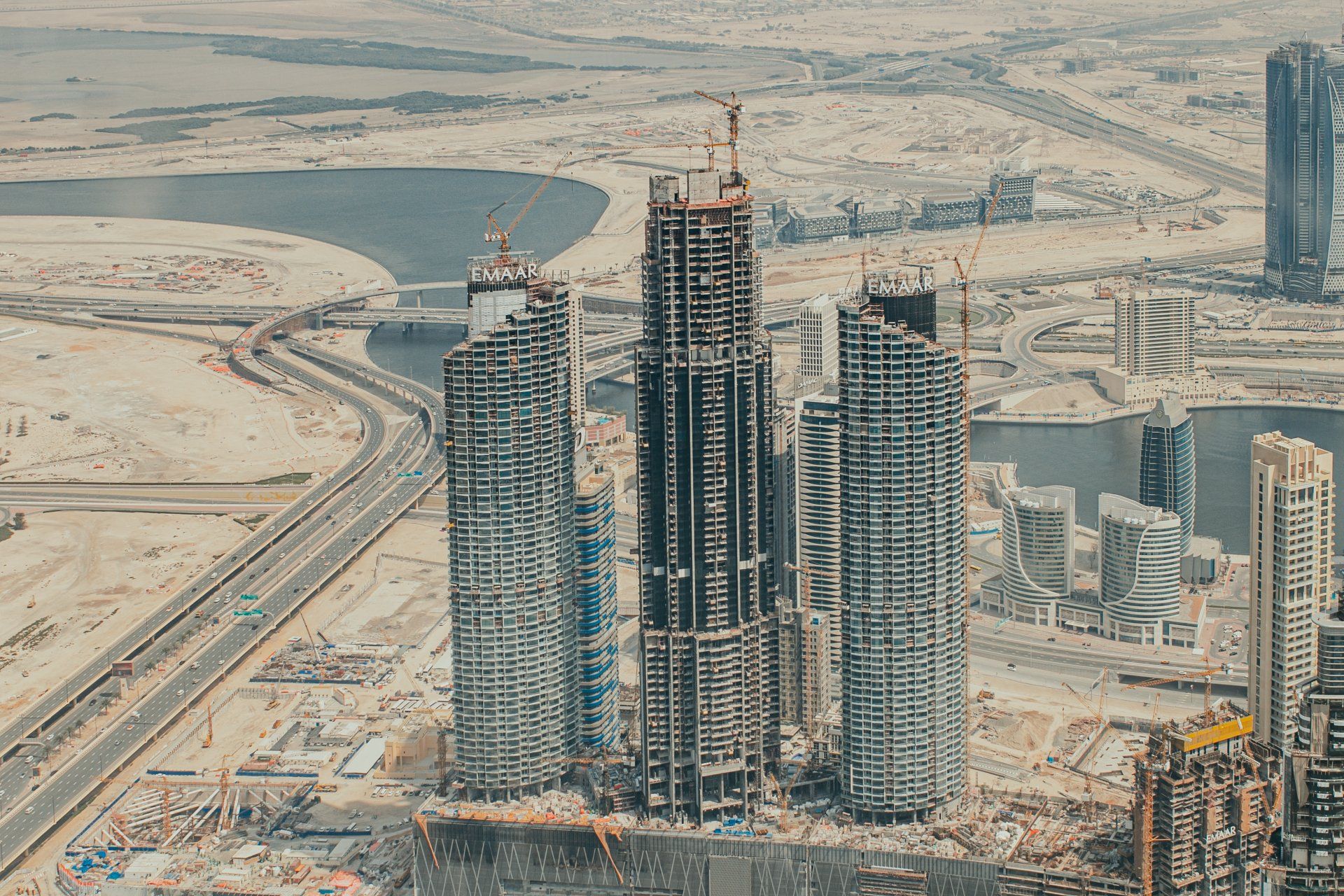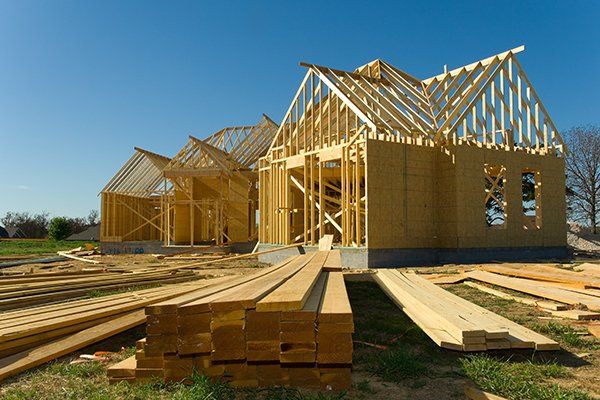Understanding the Causes of Water Leaks from Upstairs
Preventing and Repairing Upstairs Water Leaks: Expert Solutions for Your Home
Water leaks in a home can cause considerable distress, particularly when the source is from upstairs, leading to potential damage to the structure, aesthetics, and even the health of the inhabitants. When you notice water leaking from upstairs to downstairs, it’s crucial to understand the underlying causes to address the issue effectively and prevent further damage. This article delves into the common reasons behind water leaking from upstairs, incorporating essential keywords to guide you through the complexities of these leaks.
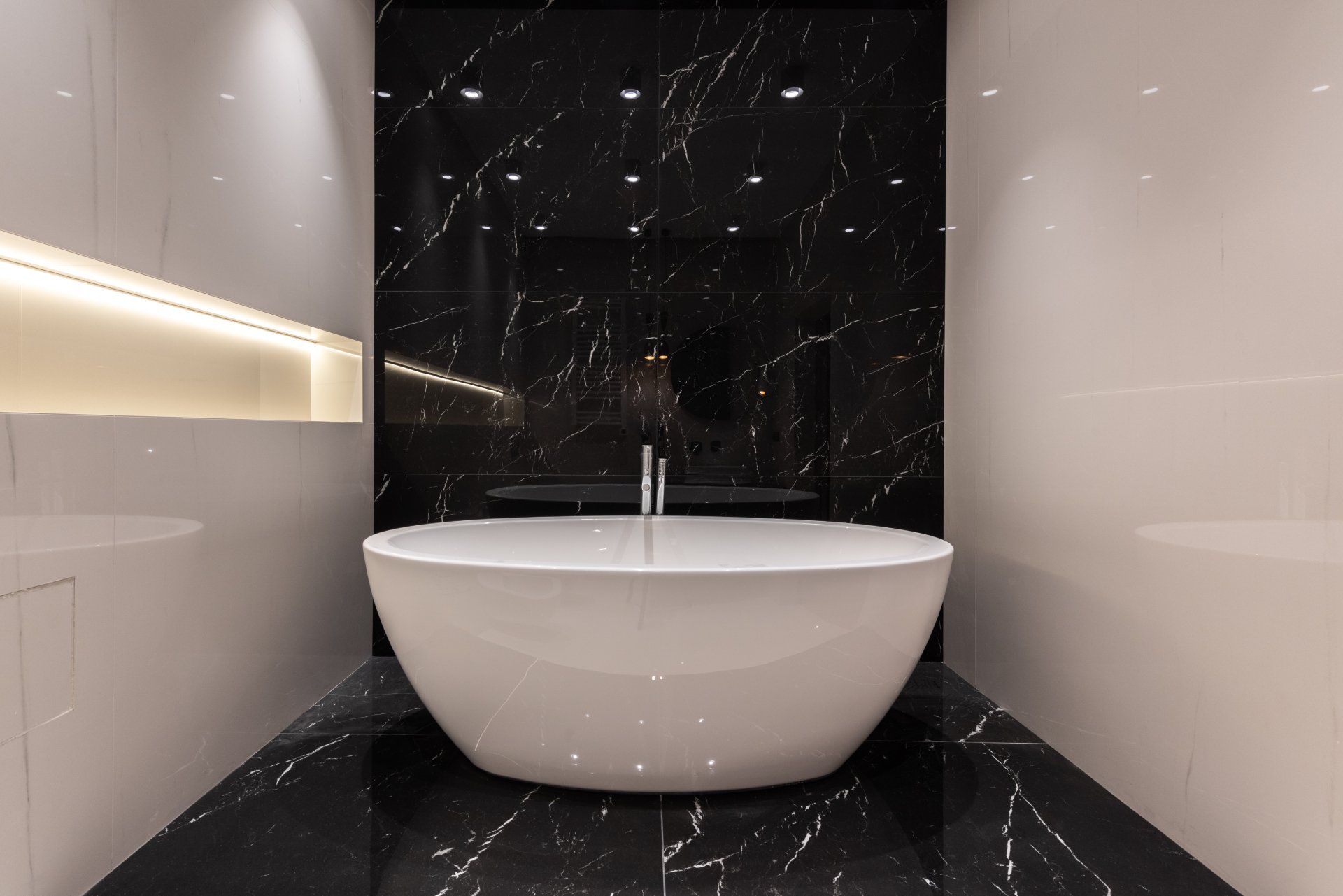
Water Leaking from Upstairs Bathroom to Downstairs Ceiling
One of the most frequent culprits of water leaks is the upstairs bathroom. The proximity of significant water sources, such as toilets, showers, and sinks, makes it a common area for leaks. When water leaking from upstairs bathroom to downstairs ceiling is noticed, it’s often due to failing seals, cracked tiles, or damaged plumbing. These issues can allow water to seep through the floor, damaging the ceiling below.
Water Leaking from Upstairs Apartment
For those living in multi-story buildings, water leaking from upstairs apartment can be a concern. This type of leak can arise from many of the same issues as those in single-family homes but is complicated by the shared nature of the building. It requires prompt communication with neighbors and property management to address the source of the leak.
Water Leaking from Upstairs Shower to Downstairs
A specific and common issue is water leaking from upstairs shower to downstairs. This can occur when the waterproofing membrane beneath the shower fails or when grout between tiles erodes, allowing water to penetrate the floor and travel downwards. Regular maintenance and inspections can help prevent such leaks.
Water Leaking from Upstairs Toilet to Downstairs
Another potential nightmare for homeowners is water leaking from upstairs toilet to downstairs. This usually indicates a failure in the wax seal under the toilet or issues with the connecting plumbing. Such leaks can quickly lead to significant damage and must be addressed immediately.
Identifying and Addressing the Leak
Identifying the exact cause of water leaking from upstairs can be challenging. It requires a keen eye for detail and, often, the expertise of professionals. Once the source is identified, repairs should not be delayed to prevent the spread of damage. This might involve re-sealing a toilet, replacing damaged pipes, re-tiling a shower, or other specific repairs tailored to the cause of the leak.
Preventative measures, such as regular inspections and maintenance of plumbing and bathroom fixtures, can significantly reduce the risk of leaks. Additionally, being aware of the signs of water damage, such as discoloration, peeling paint, or a musty odor, can help catch leaks early before they escalate.
The Ripple Effect of Untreated Water Leaks
When water leaking from upstairs is not promptly or adequately addressed, the consequences can extend beyond the immediate physical damage to your home. Persistent moisture can create a fertile ground for mold and mildew, posing health risks to the occupants by deteriorating air quality. Additionally, structural integrity may be compromised over time, as water seeps into the building's framework, causing wood to rot and metal to rust. This insidious damage can be far more costly and challenging to rectify in the long run.
Preventative Strategies
Prevention is key to avoiding the hassles and expenses associated with water leaks. Regularly inspecting plumbing systems, especially in older homes, can catch potential issues before they escalate. Pay particular attention to areas prone to leaks, such as bathrooms and kitchens, and consider waterproofing measures in these critical zones. Installing water detection sensors in high-risk areas can also provide early warnings, allowing for swift action to prevent damage.
The Role of Professionals
While some minor leaks can be tackled with DIY solutions, the complexity of water pathways often requires professional expertise. A skilled technician can use specialized tools to accurately diagnose the source of leaks, even when they are hidden within walls or floors. Professionals can also offer more durable solutions, employing the latest techniques and materials for repair and waterproofing. Moreover, their experience with similar issues enables them to advise on preventative measures tailored to your home's specific vulnerabilities.
Long-term Peace of Mind
Investing in professional repairs and preventive measures for water leaking from upstairs offers long-term benefits. Beyond fixing the immediate problem, it enhances the overall health and safety of your living environment. It also preserves the value of your property, ensuring that your home remains a safe and comfortable haven for years to come.
In summary, understanding the potential causes and consequences of water leaking from upstairs is the first step in safeguarding your home. Through proactive measures and professional partnership, you can protect your property from the detrimental effects of water damage, ensuring its longevity and your peace of mind.
Ready to work with Fort Worth Drywall Contractor Services?
Let's connect! We’re here to help.
Send us a message and we’ll be in touch.
Or give us a call today at 111-222-3333
Agency Contact Form
We will get back to you as soon as possible
Please try again later
More Marketing Tips, Tricks & Tools
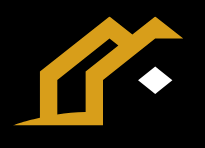
©Fort Worth Drywall Contractor Services
Get In Touch
© 2004 | Powered by UpShot
